According to legend, the idea for the carburettor was born on the Inner Ring Road, at the Museum Garden, when János Csonka and Donát Bánki were walking there and saw a flower seller spraying flowers. The girl was spraying water on the flowers with a nozzle sprayer when the two experts realised that they saw the perfect solution to the problem they were currently dealing with, a better fuel supply for gasoline engines.
It is not known whether Donát Bánki and János Csonka actually came up with the invention of the carburettor during such a walk. However, it is certain that they submitted their patent in Budapest 130 years ago, on 11 February 1893. Why on this particular day is actually a very interesting story.
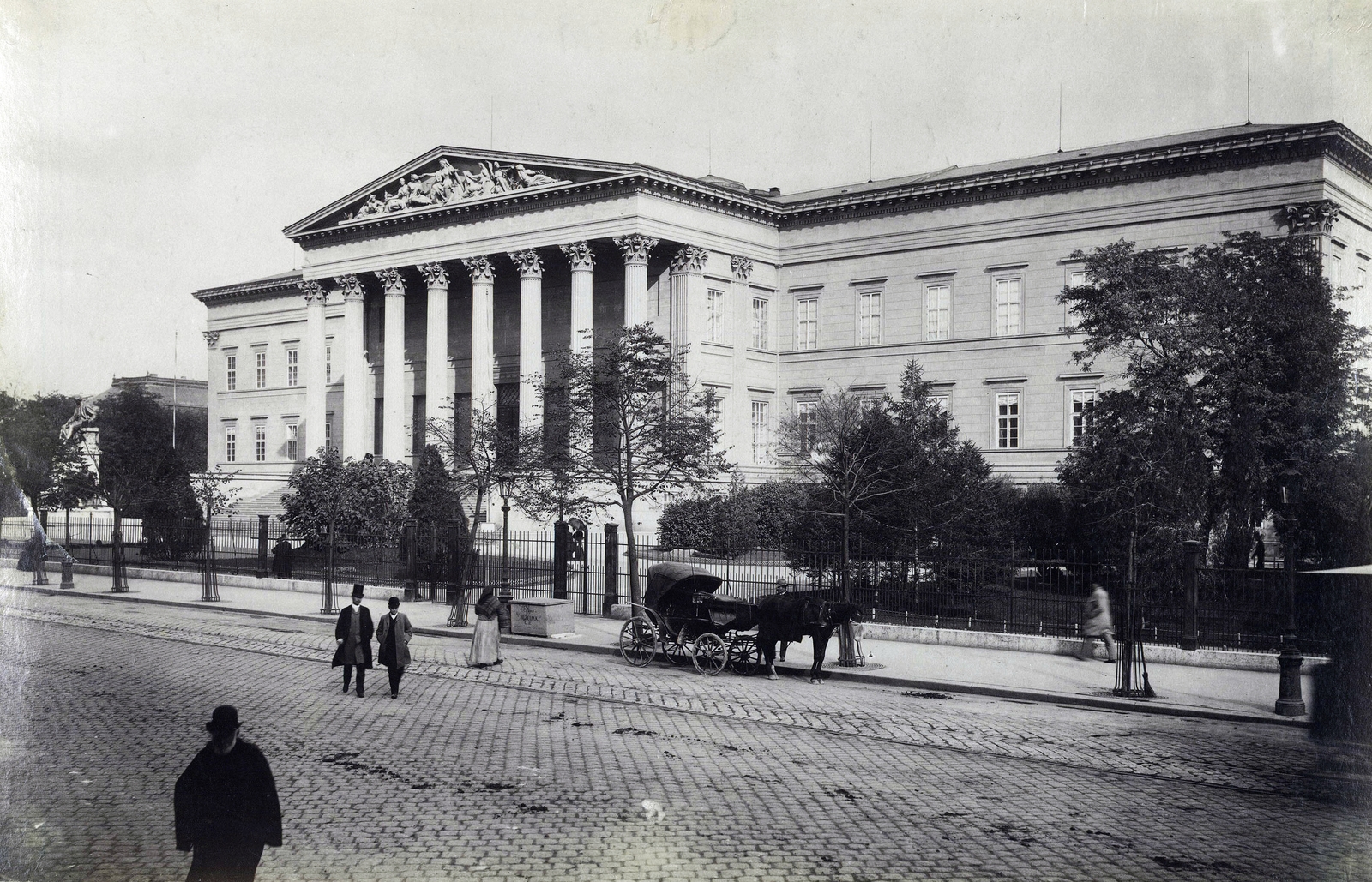
According to legend, the story began here, at a flower seller (Photo: Fortepan/Budapest Archives, Reference No.: HU.BFL.XV.19.d.1.08.024)
It all started when the Ganz Factory bought the Austrian Leobersdorfer Maschinenfabrik AG, an Austrian machine factory, in 1887. With the factory, Ganz also acquired several finished and semi-finished stable engines, which is a piece of equipment that is not located on a vehicle but stands stably on the ground. In the old factories, the machine tools and other equipment were usually powered by one or at most a couple of steam engines. In the halls, long shafts ran under the ceiling, these were turned by the steam engine, and the respective machines were driven by huge belts from the shafts running under this ceiling. Towards the end of the 19th century, steam engines began to be replaced by gasoline or petroleum engines in some places. The Hungarian company acquired such engines from the Austrian company, there was only one problem: the engines did not work.
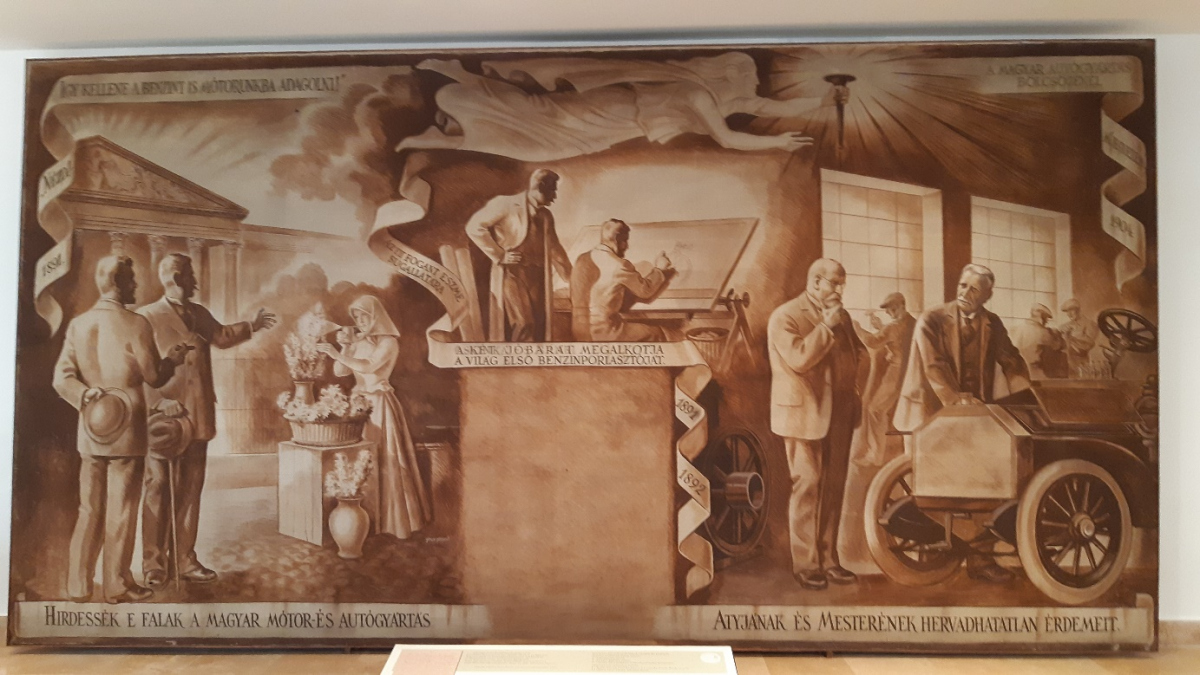
The picture exhibited in the Csonka Museum deals with the ring road scene (Photo: Csaba Domonkos)
The young engineer of the factory, Donát Bánki, was tasked with correcting them and making them operational, but the experienced workshop manager of the University of Technology, János Csonka, was also involved. The two professionals solved the task, and the joint work gave birth to many patents, already in 1888 a patent was filed for a better solution to the engines. In the meantime, they realised that the fuel supply for gasoline and petroleum engines is actually unsolved. The problem was that the fuel used was liquid, but the explosion inside the cylinders required an air-like mixture with a lot of oxygen. The solutions used until then, evaporating, steaming or other mechanical atomisation of gasoline, were not adequate. It should be added that in 1887, the Englishman Edward Butler patented a device operating on a similar principle, very similar to the later Hungarian solution, but it remained without echo and was not widely known.
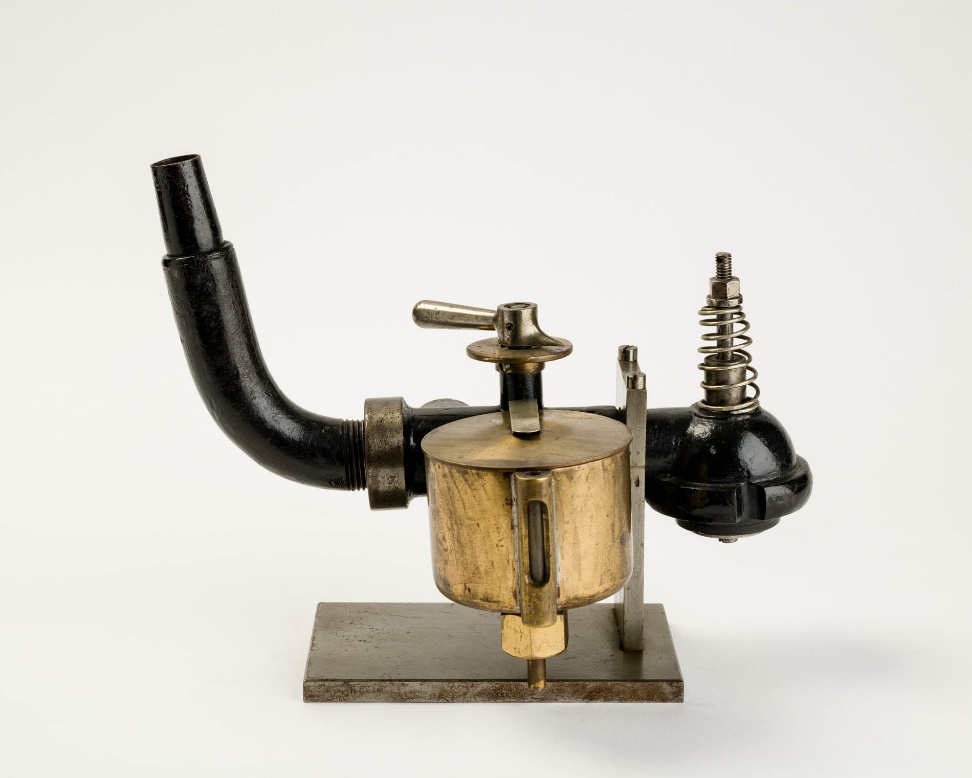
The carburettor made by the Csonka–Bánki duo is in the collection of the Technical Study Stores of The Hungarian Museum of Science, Technology And Transport (Photo: MMKM, No.: 71.80.383.1)
The carburettor was already ready in 1891, but it was not patented at that time. Because they did not have the time. They also worked on several other patents together, besides, Csonka had his own work at the University of Technology, while Bánki, in addition to his tasks at Ganz, was writing his diploma thesis, because he had not done it until then, even though he had worked at the Ganz Factory for years. He finally received his diploma only on 9 February 1893, and they attended a lecture the next day, Friday, 10 February 1893.
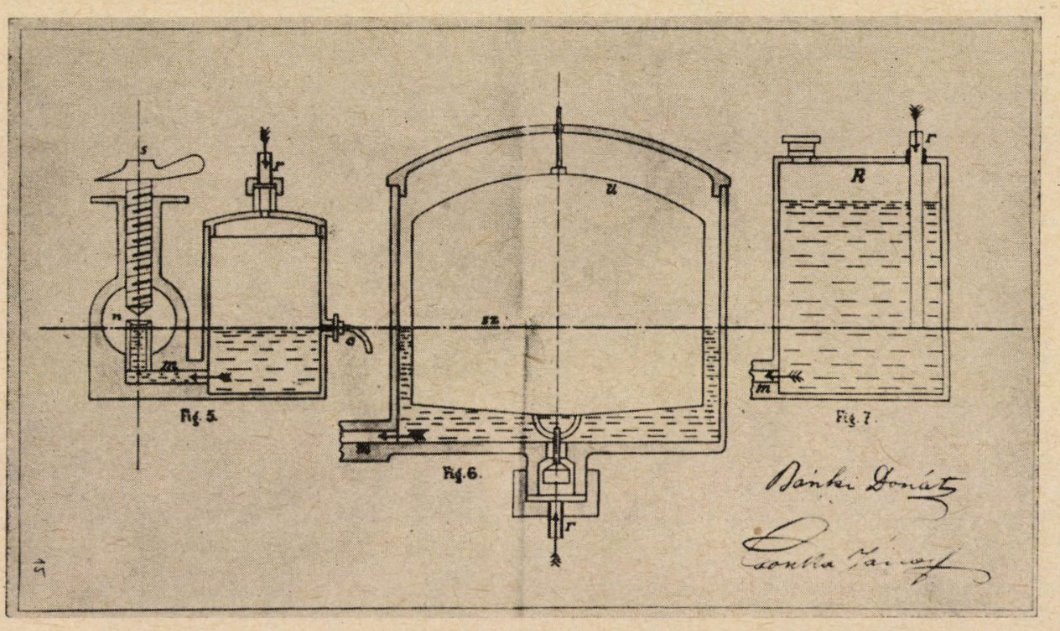
The carburettor drawing for the patent (Publication: Pál Csonka: The life and work of János Csonka, Bulletins of the Section of Engineering Sciences of the Hungarian Academy of Sciences, 1960, Issues 1–4)
The mentioned lecture was given by Pál Lázár, a university professor, at the agricultural machine experiment station of the University of Technology in front of the members of the National Hungarian Agricultural Association, in which he gave a detailed account of the work and results of the Bánki-Csonka duo up to that point, including the carburettor. After hearing the lecture, the duo realised that, based on the professor's words, practically anyone could apply for a patent for the carburettor, it was so detailed. They did not know about the English solution, but it was obvious that someone else could be working on this problem, so they had to move quickly.
They began feverish haste, they gathered everything they had, so that they could submit their patent application the very next day, Saturday, 11 February 1893, with the very expressive title "Innovations on Petroleum Engines". The haste is clearly shown by the fact that they did not submit new, beautiful, clear drawings, but ones dated 1891.
The patent was therefore filed on 11 February 1893. Why did not Ganz become a car engine manufacturing power despite this? On the one hand, because cars were not yet widespread. There were hardly two cars in Hungary at that time, and stable engines were just beginning to spread, but this was not the main problem. Half a year after Bánki and Csonka's patent, on 17 August 1893, Wilhelm Maybach also filed his patent - albeit in France - for exactly the same carburettor, and the Longuemare company in Paris quickly began mass-producing it. Although Bánki and Csonka brought the patent infringement to the attention of the CEO of Ganz, András Mechwart, but Mechwart for some reason did not see a big deal in carburettor production and did not want to get involved in long and complicated patent lawsuits, he preferred to let the problem go. Although the Hungarian inventor duo tried their own production, they did not have enough capital to do so.
Cover photo: A Budapest florist. The picture was taken later, but if it is true, Donát Bánki and János Csonka came up with the solution after looking at such a seller (Photo: FSZEK Budapest Collection)

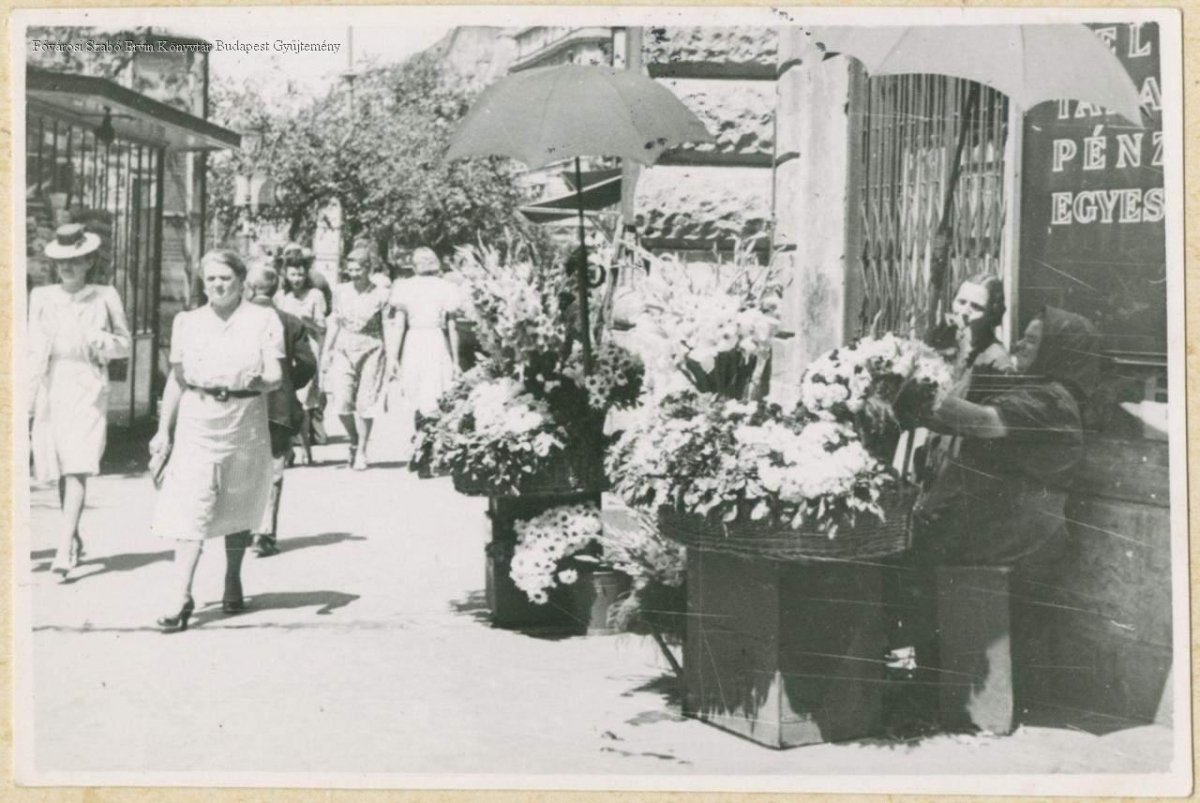


































Hozzászólások
Log in or register to comment!
Login Registration